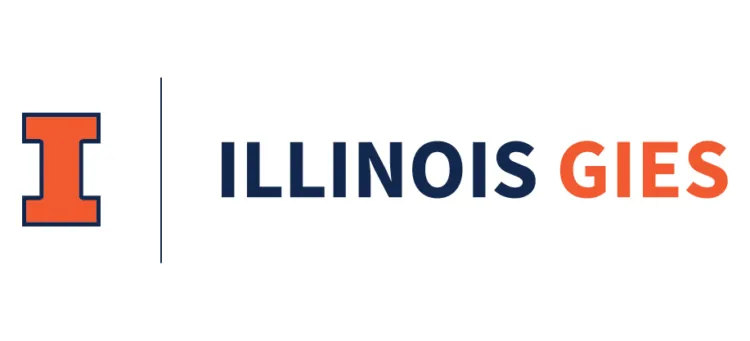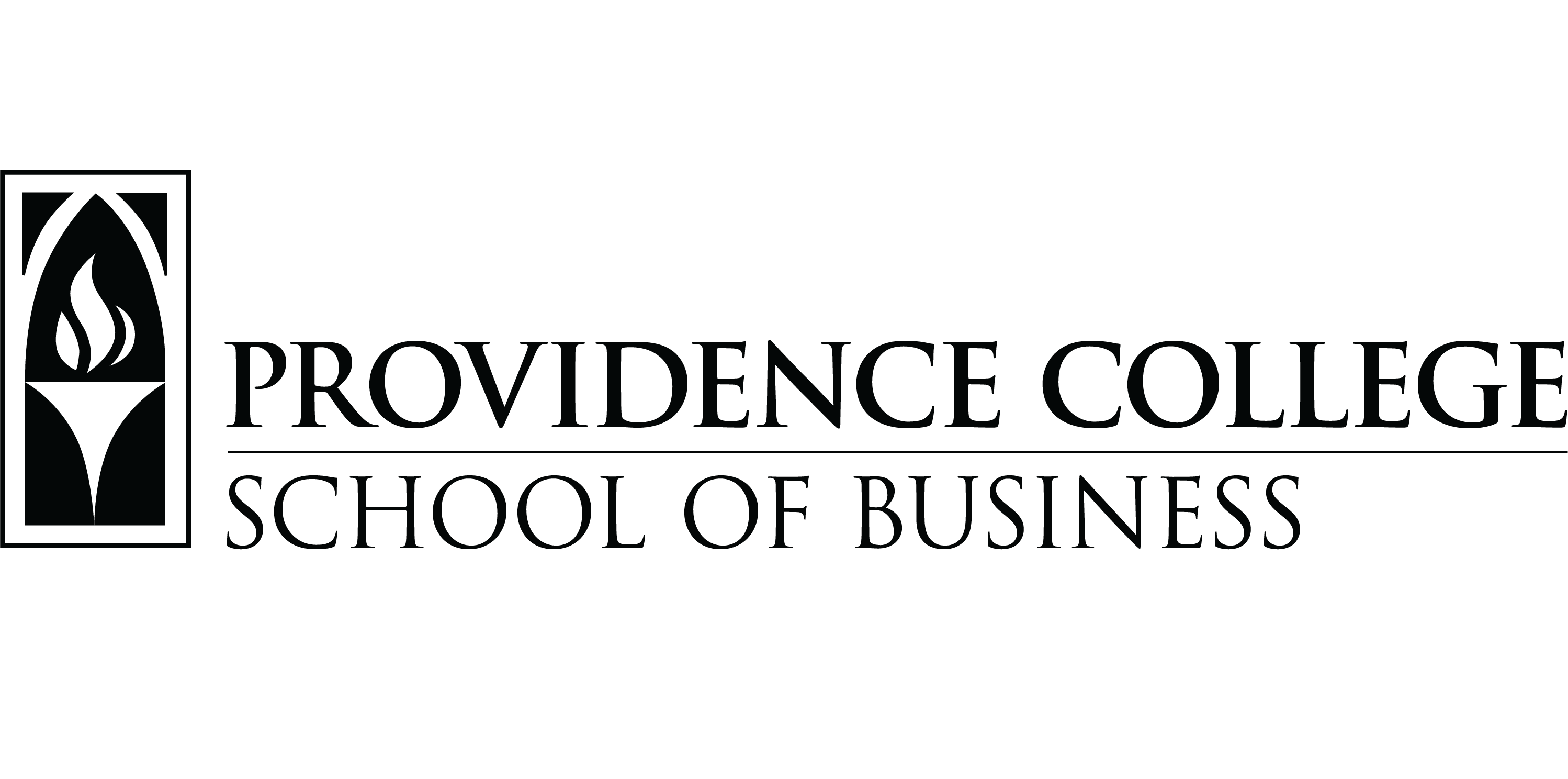
For many young adults and their families, going to college means having to think about how they’re going to pay for the cost of education. Student debt continues to be a hot topic and as the next presidential election approaches, the cost of college is already becoming one of the most talked about issues. The importance of financial aid cannot be understated as it provides opportunities and opens doors for many students who would otherwise never even think about getting a degree or more.
At the top of The Princeton Review’s 2019 survey on the list of schools with the best financial aid is Vanderbilt University, a private research university in Nashville.
Vanderbilt — like the majority of the other schools on this year’s list — has a high price tag for attending. Tuition for 2019-2020 is estimated to cost about $50,788, with housing, meals, books and supplies, student activities and recreation fees and other expenses adding nearly $23,000 more. However, the school also shared that in the 2018-2019 school year, 65% of undergraduate students received some form of financial aid. The school also awards about 250 merit-based scholarships to select first-year applicants: the Ingram Scholarship Program, the Cornelius Vanderbilt Scholarship, and the Chancellor’s Scholarship.
While the price tag is high compared to public universities, students attending Vanderbilt are paying for an experience as much as an education. In the survey of current students, the word “balance” was used a lot to describe their experience. One student shared that their time at Vanderbilt was characterized by “top academics, vibrant social life, student organizations, community service, SEC football, and the city of Nashville” as well as the “unique balance [that] exists between social life and schoolwork.” And in finding balance in more ways than one, students say that Vandy is “well-rounded, engaged” and “committed to both learning and to extracurriculars.”
ELITE SCHOOLS MAKE UP MUCH OF THE LIST
In second and third place on the list of schools providing great financial aid are Bowdoin College and Colgate University, the former with about 2,000 students enrolled, and the latter with almost 3,000 students enrolled. The majority of the schools on this year’s list are smaller private schools. The first — and only — major public university to make this year’s list is the University of Wisconsin-Madison in 15th place. With 32,648 enrolled undergrads, Wisconsin is one of two schools on the list of 20 to have more than 10,000 undergraduate students enrolled. The second largest school on the list is Cornell University with 15,182 students.
Ivy League colleges and other universities that are well-known for being difficult to gain admission to also fill several of the spots on the list. Princeton University takes sixth place, Yale University comes in seventh, California Institute of Technology is in 12th place, Stanford is in 13th place, Brown University is in 17th, and Cornell comes in 20th place.
CAN SOLID FINANCIAL AID HELP DIVERSIFY THE STUDENT POPULATION
A solid financial aid program can help in bringing students from different backgrounds and regions around the country and globe. At Vanderbilt, undergraduates come from 50 states and 52 countries, 51% are female, 49% are male, 41.0% are minority students and 8.8% are international students. One student said: “You can find such a diverse group of people here…not just racially or ethnically or economically, but also in personality.” Still, about 45% of students here are Caucasian, while Asians make up 13%, and African Americans, Hispanic, and International students make up about 10% each.
At Princeton, the student population has a similar racial makeup, with over 40% of undergraduates being Caucasian, about 20% being Asian, international students making up about 11 percent, Hispanics making up slightly over 10 percent, and African-Americans being just 7.7% of the student population.
The Princeton Review conducts the survey by reaching out to almost 400 colleges nationwide and asking students how satisfied they were with their financial aid packages.
DON’T MISS: B-SCHOOLS WITH THE MOST FIRST-GENERATION STUDENTS or B-SCHOOLS ENROLLING THE MOST U.S. MINORITIES











Questions about this article? Email us or leave a comment below.